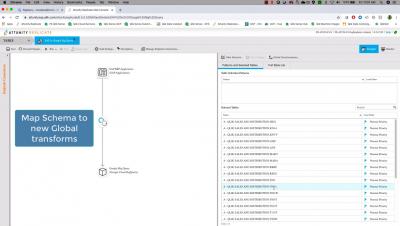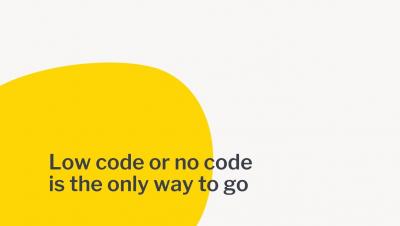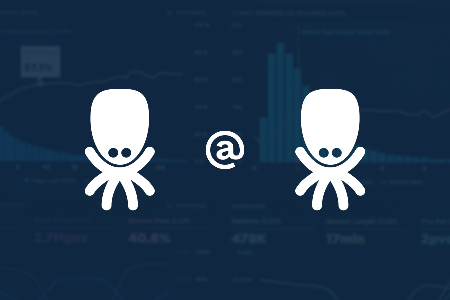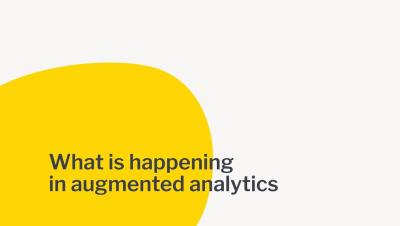Analytics
Distributed model training using Dask and Scikit-learn
The theoretical bases for Machine Learning have existed for decades yet it wasn’t until the early 2000’s that the last AI winter came to an end. Since then, interest in and use of machine learning has exploded and its development has been largely democratized. Perhaps not so coincidentally, the same period saw the rise of Big Data, carrying with it increased distributed data storage and distributed computing capabilities made popular by the Hadoop ecosystem.
Low code, no code is the only way to go
How Keboola benefits from using Keboola Connection
The Shoemaker (often) goes barefoot. It is often the case, that while one is working hard on helping their customers get better, they neglect their own processes, taking the same shortcuts they warn their clients against. It was like that at Keboola a few years back, until we agreed that this is no longer acceptable, and created a job role (mine) to apply our teachings internally as well.
25 Tips for Updating Old Blog Posts for SEO & Boosting Organic Traffic
The Rise of the Data Engineer
The introduction of AI into products and services – across all sectors – is creating new capabilities at a scale that software developers could never have dreamed of just a decade ago. But this development is not just about the tech.
What is happening in augmented analytics
Augmented analytics is when you take what was traditionally a very manual workflow and automate it. This gives you the ability to analyze data far more rapidly and to package up changes for humans to interpret. Essentially you’re augmenting a human experience, so rather than spending all your time looking for a needle in the haystack, the machine finds the needle and gives it to you.
The Real Role of Robotics in Retail
Automation and robotics in retail is rapidly changing the retail landscape – so much so that there are clearly winners and losers. I’m not talking about the war between brick and mortar stores and digital marketplaces, but rather I’m talking about the retail digital revolution where the winners are delivering greater than 4.5% comparable store/ channel sales growth compared to their brothers that have not embraced automation and robotics.









